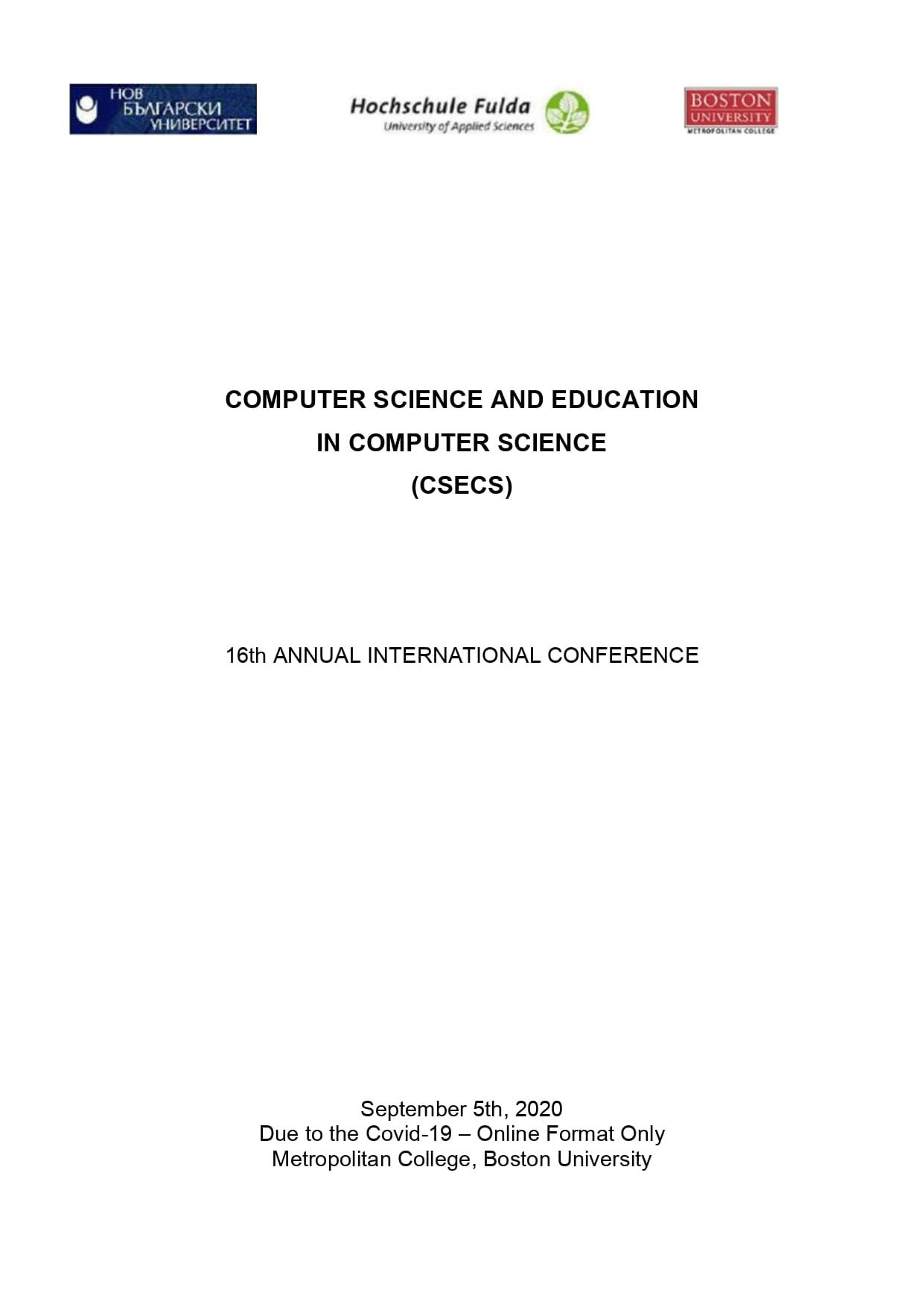Digital Control of Switched Reluctance Motors Based on Programmable Logic
Digital Control of Switched Reluctance Motors Based on Programmable Logic
Author(s): Yassen GorbounovSubject(s): Social Sciences, Education, Information Architecture, Electronic information storage and retrieval, Education and training, Other, Higher Education
Published by: Нов български университет
Keywords: Finite State Automata; Hardware Description Language; Switched Reluctance Motor; Parallel Algorithms; Motor Control; Embedded Controller; Field Programmable Gate Array
Summary/Abstract: Switched reluctance motors (SRM are digitally controlled synchronous machines with salient pole construction. Therefore torque ripple is their inherent characteristic and this poses a serious problem in applications that require smooth torque and high dynamic performance. In order to be effectively controlled, they require real-time computation which tends to be very high speed as in some cases the speed of rotation can go up to 100,000 rpm and even more. With the growing quality demand of nowadays applications and the tendency of constantly lowering the costs, it is preferable to implement all the computation and control logic into a single chip. This makes the FPGAs extremely useful because of their high logic density, fine granularity, and capability of running algorithms in parallel. After briefly introducing the intricacies of the SRM operation and control, digital implementation of some of the core algorithms using FPGA logic is discussed. Using the finite state automata technique allows for embedding all the algorithms as independent parallel working modules onto a single embedded device. This makes the design compact and versatile and leads to increased performance and reliability.
Journal: Computer Science and Education in Computer Science
- Issue Year: 16/2020
- Issue No: 1
- Page Range: 17-23
- Page Count: 7
- Language: English

